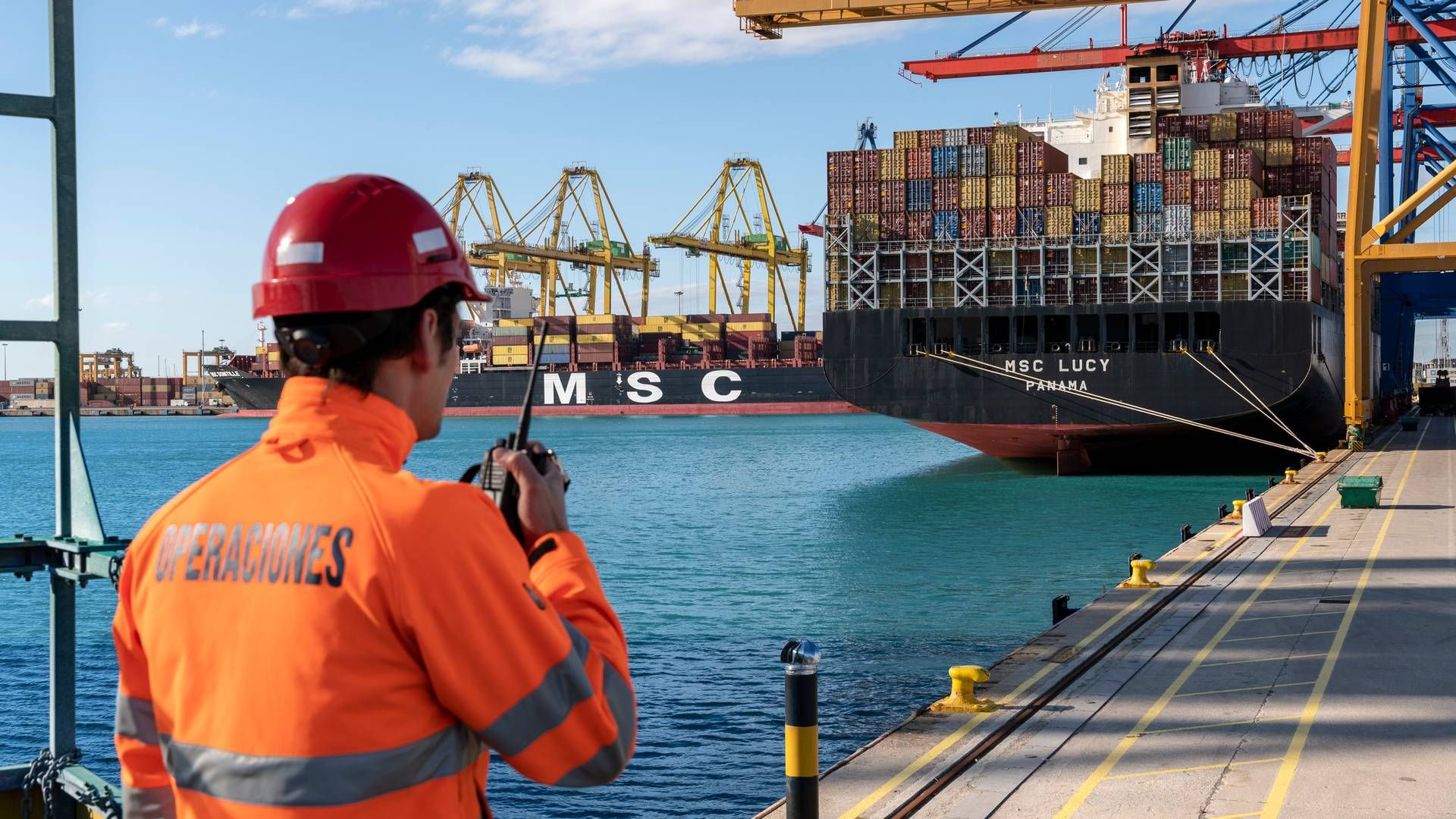Methane and nitrous oxide to count in CO2 quotas for shipping

Negotiations about adding shipping to the European Union’s quota system are so advanced that a final deal could fall into place during next week already.
There are currently two meetings left in the calendar, on Nov. 29 and Dec. 16, but according to several reports, an agreement is very close, meaning a deal could in fact land on Tuesday next week.
According to a new note from central MEP Michael Bloss – which ShippingWatch has read – shipping will be gradually included into the quota system with a three-year phase-in period.
- From 2025, quotas will cover 35 percent of emissions based on what has been registered in 2024.
- From 2026, the number increases to 75 percent based on registered emissions in 2025.
- And from 2027, quotas cover all emissions based on the 2026 numbers.
At the same time, gas types including methane and nitrous oxide will count in the CO2 accounts.
This will first and foremost affect ships sailing on liquefied natural gas (LNG) and ammonia, respectively, thus constituting a blow for those having fought for LNG being recognized as a sustainable fuel type.
Possible deal next week
Danish Shipping Head of Climate, Environment and Security Maria Skipper Schwenn is pleased with the latest development although stressing that the deal has not yet been signed.
”As things look now, an agreement on ETS [Emissions Trading System, -ed.] may well be reached next week. In connection with this, the information that has been shared is good news. It provides clarity on the rules, which is crucial. On the other hand, it needs to be remembered that the maritime industry is just one sector involved in the quota system, and areas like roads and construction are complicated, and highly political,” she tells ShippingWatch.
“It is also very positive that all greenhouse gases will count. If methane is included, this prevents LNG, which is, of course, a fossil fuel, being promoted,” she adds.
Earmarking revenue
Another element which carriers have fought hard for is that some of the profit generated by the quota system is earmarked for the industry, so the money is put back into the sector and can be used for research in green technologies or production and infrastructure to support green fuels.
The latest draft includes a stipulation where money is earmarked for the shipping industry through the EU’s innovation fund, which carriers can apply for.
“We think that the proposal allowing carriers to apply for fund resources under fair conditions is a good one. It is crucial for Danish Shipping that resources do not go to players who have been sitting on the fence, but to first movers,” says Skipper Schwenn.
Uncertainty about responsibility
The regulations, which will apply to all ships over 5,000 dwt, mean that all internal shipping within the EU must be registered, and that half of the journey to and from EU ports count towards quotas.
Carriers will thus need to purchase or trade quotas for their voyages.
However, it is still unknown who will be responsible for making sure that a ship lives up to the quotas, and whether this is the operator, the owner, or something the two parties must decide on a case-by-case basis.
English edit: Kristoffer Grønbæk & Catherine Brett
European shipowners want ETS revenue earmarked for green investments
Related articles
Shipping groups urge EU to enact green climate rules
For subscribers



















